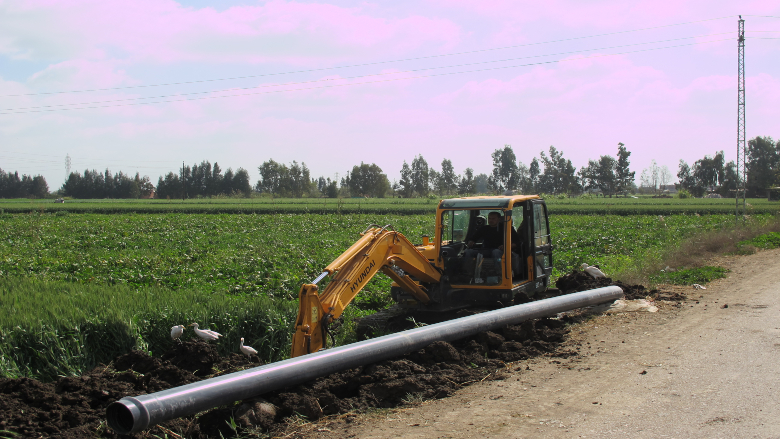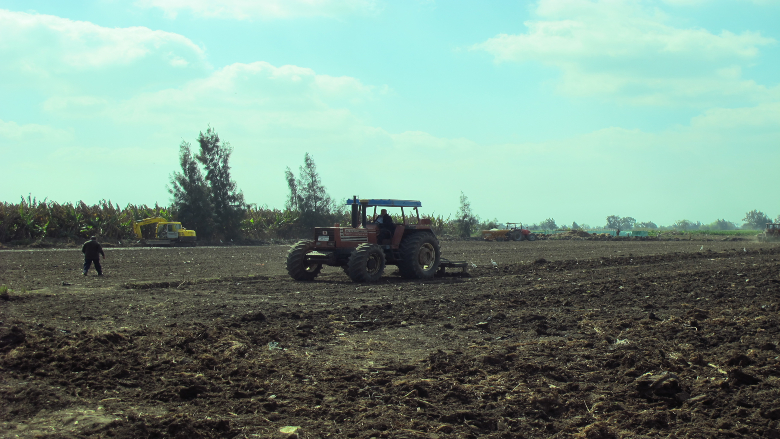The Challenge
The agriculture sector is vital to Egypt’s economic growth, employing 30 percent of the workforce in rural areas and providing livelihoods for 55 percent of the population. However, long-term challenges are impacting agricultural productivity including water scarcity, food security and climate change.
Egypt relies on the Nile River for a vast majority of its freshwater resources but while supply stayed constant, the demand for water increased substantially over the years and was expected to continue to do so in the future due to rapid population growth, agricultural expansion, and industrial development.
Egypt is also a global importer of grain and projections of the country’s food balance indicated that dependence on grain imports would more than double over the next twenty years. Given limited land and water resources, a further increase in agricultural productivity is necessary to improve supply.
In addition, drastic changes in climate are adding further strain on scarce water resources and food security. Climate change models projected an increasing probability of severe weather events that would increase yield volatility and decrease global production of key crops. This would aggravate agricultural commodity market instability and increase Egypt’s risk of food shortages.
Approach
The project aims to address the challenges linked to inefficient water supplies, inequality in water access, high pumping costs and sub-optimal cropping practices. First, the project invested in farm-level irrigation modernization by converting open marwas, water channels that are owned and managed by farmers, into buried canals with brick lining and polyvinyl chloride (PVC) pipes. At the pumping station, the existing diesel pumps were replaced with new electric and diesel pumps, with the latter serving as a backup power source. In addition, electrical infrastructure was installed in order to develop dedicated electricity grids that would serve farming communities. The project also helped enhance farmer knowledge and uptake of improved irrigation and associated land improvement and crop production technologies. Detailed approaches include organizing farmers’ meetings and exchange visits; demonstrations of improved marwa and farm-level irrigation systems, improved on-farm water management, and associated land improvement and agronomic practices; and training of lead farmers and extension staff in irrigation management.
Results
The project has achieved on-farm irrigation modernization, replacing open marwas with buried pipes, benefitting 121,172 landowners and 76,491 tenants. In addition, 10,000 laborers have been engaged during construction. Thus, the project achieved a total of 207,663 direct beneficiaries with more than 720,000 temporary work opportunities.


